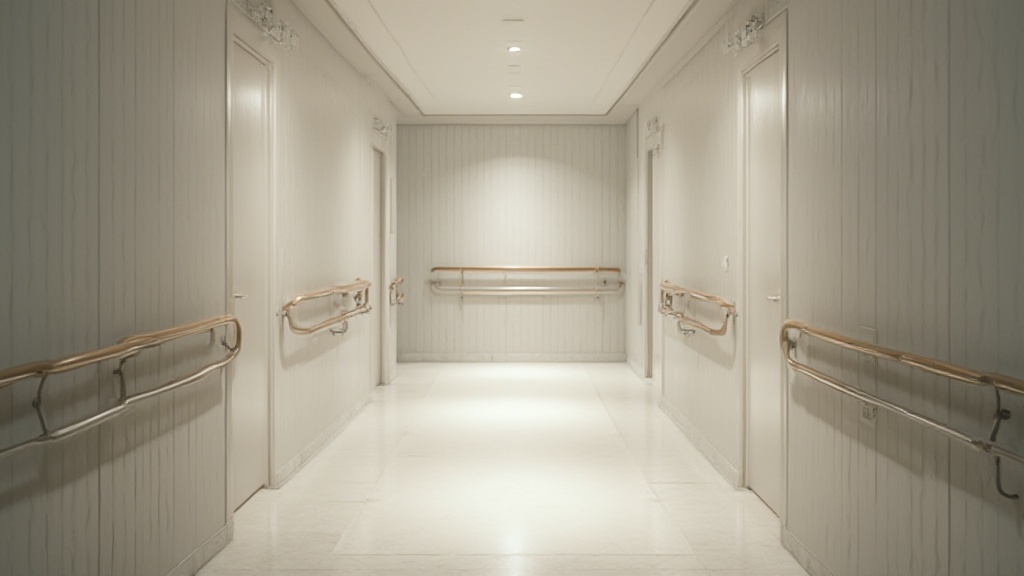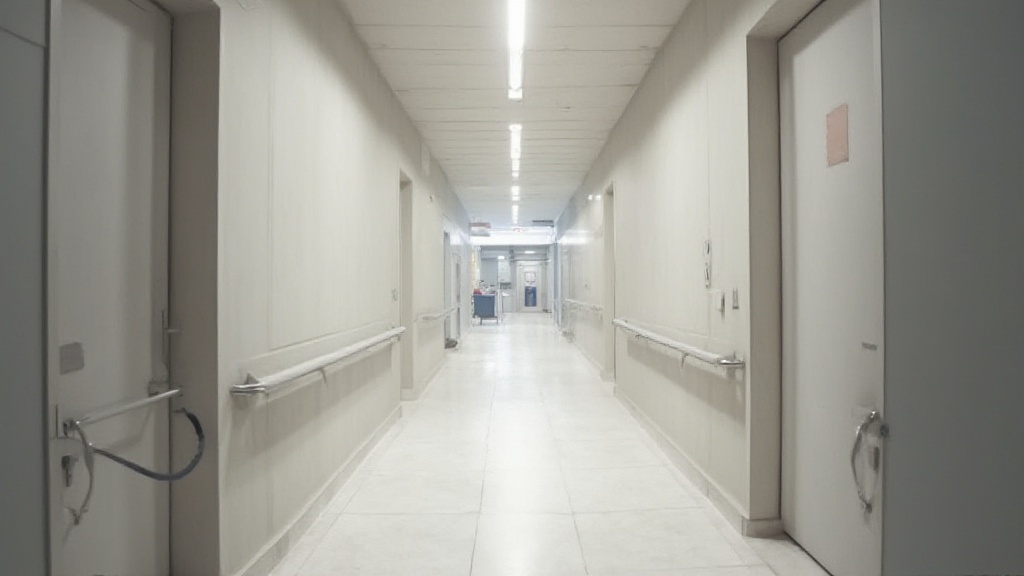
Fall prevention strategies for seniors are essential for increasing safety in daily activities. Effective measures can significantly mitigate the risk of injuries, as seniors face a high incidence of falls.
Improved safety can result from implementing tailored fall prevention tactics, such as ensuring proper footwear and making home modifications.
These strategies not only protect against physical harm but also enhance overall well-being.
Engaging in balance exercises and using mobility aids can further promote independence, ultimately supporting a healthier lifestyle for the aging population.
Identifying Mobility Issues in Seniors
Mobility issues affect seniors’ ability to navigate their environments effectively. Common challenges include arthritis, muscle weakness, and balance disorders, which can hinder daily activities and lead to feelings of frustration.
These mobility limitations, often exacerbated by chronic conditions, can drastically reduce quality of life. To address these concerns, assistive devices such as canes and walkers play a significant role in enhancing mobility.
Impact on Daily Activities
Mobility issues disrupt daily activities, fostering a reliance on others for support.
Seniors may experience difficulty engaging in essential tasks, such as household chores or participating in social events.
This change can lead to increased feelings of social isolation and reduced well-being.
Family support systems are fundamental in recognizing these challenges, providing encouragement for seniors to engage in physical activity and seek appropriate help, fostering an environment that promotes independent living.
Strategies for Improving Mobility
Implementing home safety assessments can identify environmental hazards that contribute to falls. Simple adjustments, such as installing grab bars and improving lighting, can significantly enhance safety.
Regular vision checks and hearing assessments are essential to address sensory impairments, which can impact mobility. Strength training and tailored exercise programs are effective strategies to improve coordination and stability.
The Role of Family Support
Family members can play a crucial role in addressing mobility concerns.
Providing assistance with mobility training and encouraging participation in community resources, such as senior fitness classes, can help maintain physical activity levels.
Developing personal safety plans and encouraging engagement in support groups fosters resilience and safety awareness.
Overall, addressing mobility issues in seniors is a multifaceted approach, requiring collaboration between healthcare providers, family support systems, and community initiatives to promote active living and enhance overall health.

Importance Of Home Safety Assessments
Home safety assessments play a significant role in promoting the well-being of seniors and facilitating independent living. These evaluations systematically identify potential hazards, including tripping hazards and inadequate lighting, which enable necessary modifications to create a safe environment.
Regular assessments are essential, as evolving health conditions or mobility issues can introduce new risks and challenges.
Tools like assessment checklists from reputable organizations assist caregivers in thoroughly evaluating homes, while professional evaluations from local agencies provide expert insights, ensuring comprehensive safety measures are in place.
Prioritizing home safety assessments cultivates ongoing safety awareness, which helps prevent accidents and enhances the quality of life for the elderly.
Strength Training For Fall Prevention
Engaging in strength training can significantly enhance physical stability, which is imperative for seniors to prevent falls. Incorporating regular exercises, such as chair stands and wall push-ups, aids in building essential muscle strength.
These exercises are specifically tailored for the elderly, ensuring safety while improving coordination and balance. Developing a structured routine is important, with recommendations for at least two to three sessions per week to maximize benefits.
Examples of Effective Strength Exercises
- Chair Stands: This exercise helps improve leg strength and stability.
- Wall Push-Ups: This activity strengthens the upper body while minimizing risk.
- Calf Raises: Performing calf raises enhances balance and supports mobility.
Community Resources for Group Strength Training
Community resources, including local senior fitness classes and online programs, offer accessible group training sessions that encourage social engagement while promoting physical activity. By integrating strength training into their routines, seniors can effectively reduce their fall risk and maintain independence.
Joining exercise programs fosters a sense of community, which can combat social isolation among the aging population.
Home Safety and Fall Prevention
- Home safety assessments can reduce the risk of falls by identifying and mitigating hazards.
- Regular strength training can decrease fall risk by improving muscle strength and stability in seniors.
- Studies show that seniors who engage in community exercise programs experience lower rates of social isolation.
- Incorporating strength exercises into daily routines can enhance overall mobility and independence for older adults.
How Balance Exercises Enhance Stability
Improved stability significantly reduces fall risks among seniors, enabling greater mobility. Engaging in balance exercises can directly enhance coordination and strength, which are essential for maintaining independence.
Simple yet effective routines, such as single-leg stands, toe-to-heel walks, and side leg raises, can easily be integrated into daily life.
Incorporating professional guidance into these training sessions ensures exercises are performed safely, maximizing their benefits.
Emphasizing balance training not only fortifies physical health but also fosters resilience against potential injuries, ultimately contributing to overall elderly safety.
Simple Balance Exercises for Seniors
Developing a routine that includes balance exercises proves beneficial for seniors. Here are several exercises that can be easily performed:.
- Single-leg stands: Stand on one leg for a set time, improving overall stability.
- Toe-to-heel walks: Walk in a straight line, placing the heel of one foot directly in front of the toes of the other.
- Side leg raises: Stand and lift one leg sideways, which strengthens hip muscles and enhances balance.
Incorporating these movements into daily routines can promote mobility and confidence. Engaging with a healthcare provider can help customize an exercise program that meets individual abilities.
Managing Vision Impairment Risks
Addressing vision impairment plays a significant role in mobility and safety among seniors. Common conditions, including cataracts, macular degeneration, and glaucoma, necessitate awareness of their associated risks. Regular eye checkups are essential for early detection, preventing complications that could lead to serious mobility issues. Implementing adaptive strategies significantly enhances safety at home.
Adaptive Strategies for Improved Safety
Adaptive strategies, such as:.
- Installing grab bars in bathrooms and hallways to reduce falls.
- Ensuring adequate lighting throughout living spaces.
- Utilizing nonslip shoes to increase traction.
These modifications contribute to a safer environment. Community resources providing vision rehabilitation services and support groups can offer invaluable assistance, cultivating a sense of community engagement while improving personal safety.
Balance and Vision for Seniors
- Approximately 1 in 4 seniors falls each year, making balance exercises crucial for reducing this risk.
- Balance training can improve stability by up to 50%, significantly enhancing mobility and independence.
- Regular eye checkups can reduce the risk of vision-related falls by detecting issues early.
- Adaptive home modifications can decrease fall risks by up to 30%, improving overall safety for seniors.
Medication Side Effects And Fall Risks
The connection between medication side effects and fall risks is significant for seniors. Studies indicate that adverse effects from commonly prescribed medications, such as sedatives and antihypertensives, significantly contribute to falls in the elderly population.
For instance, medications that cause dizziness can impair stability, leading to increased fall occurrences.
Regular medication reviews with healthcare providers are essential for identifying risky drug interactions and adjusting dosages.
Caregivers should monitor the effects of medications proactively, communicating any stability issues during consultations.
By discussing these concerns openly, seniors can enhance their overall personal safety while effectively managing their health. Tailored strategies can help mitigate risks associated with mobility issues and enhance full health.
Utilizing Emergency Alert Systems
Emergency alert systems play an important role in making seniors feel secure and less isolated.
These systems provide immediate assistance during emergencies, enabling rapid response from monitoring services, which significantly enhances elderly safety. By utilizing these devices, seniors can maintain their independence, knowing help is readily available when needed.
When evaluating an alert system, it is important to consider the following features:.
- Ease of use: Devices should be user-friendly for seniors.
- Response times: Quick response can make a significant difference in emergencies.
- Cellular connectivity: Reliable connection is crucial for operational efficiency.
Educating seniors on utilizing these systems effectively is important; caregivers can conduct practice sessions to ensure familiarity. Community programs can also provide essential resources that assist with enrollment in these safety devices, bolstering confidence and promoting active living among seniors.
Medication Side Effects and Emergency Alert Systems
- Approximately 30% of seniors experience falls each year, often linked to medication side effects.
- Studies show that sedatives and antihypertensives increase the risk of falls by impairing balance and coordination.
- Emergency alert systems can reduce response time to emergencies by up to 50%, enhancing safety for seniors.
- Regular medication reviews can lead to a 20% reduction in fall-related incidents among elderly patients.
Community Engagement For Senior Safety
Active participation in community initiatives significantly enhances elderly safety. By fostering a sense of belonging, seniors can engage in local safety programs, which not only aid in their protection but also build valuable social networks.
Community engagement involves collaborative efforts to address the unique challenges faced by the elderly population, such as mobility issues and social isolation.
Strong community ties encourage shared safety practices, enabling seniors to stay informed about environmental hazards and available resources.
Local Partnerships and Resources
Local partnerships with organizations can facilitate workshops that offer home safety assessments and personal safety plans, thus providing essential support.
These workshops can also include discussions on mobility training and injury prevention strategies, ensuring seniors are equipped to manage potential risks within their environments. By collaborating with healthcare providers, community groups can develop tailored strategies to meet the specific needs of the aging population.
Technology and Information Sharing
Utilizing technology and social media can effectively disseminate safety tips, fostering greater awareness within the community.
Creating online platforms where seniors can share experiences and suggestions enhances overall safety awareness. For instance, neighborhood social media groups can become channels for distributing information on health screenings, wellness programs, and updates on community resources.
By encouraging participation, seniors empower themselves and enhance safety measures for their peers.
Community Engagement for Senior Safety
- Community engagement initiatives can reduce feelings of isolation among seniors by providing social interaction opportunities.
- Workshops focused on home safety assessments can lead to a significant decrease in accidents and injuries in elderly populations.
- Technology use among seniors has been shown to improve access to important health information and resources.
- Collaborative programs with healthcare providers can lead to customized safety plans that effectively address individual needs of seniors.
